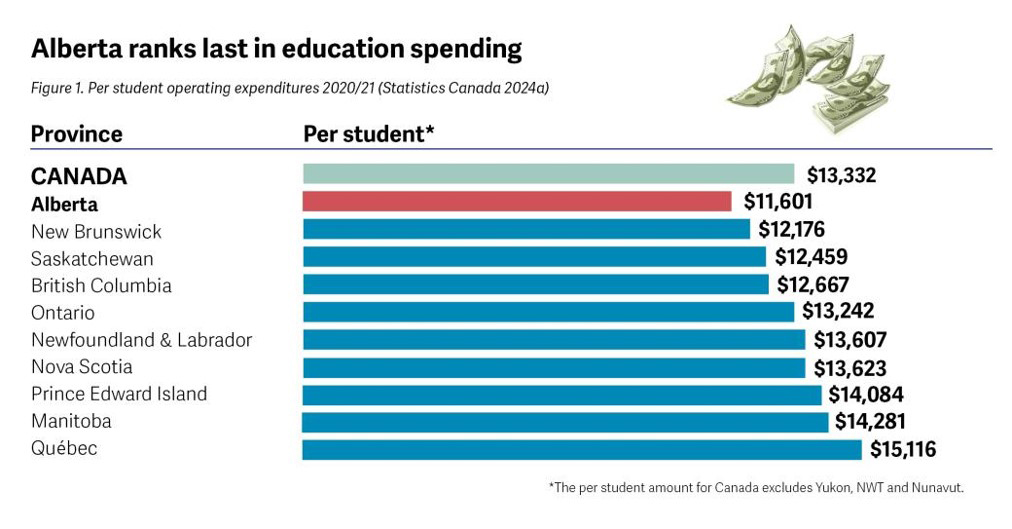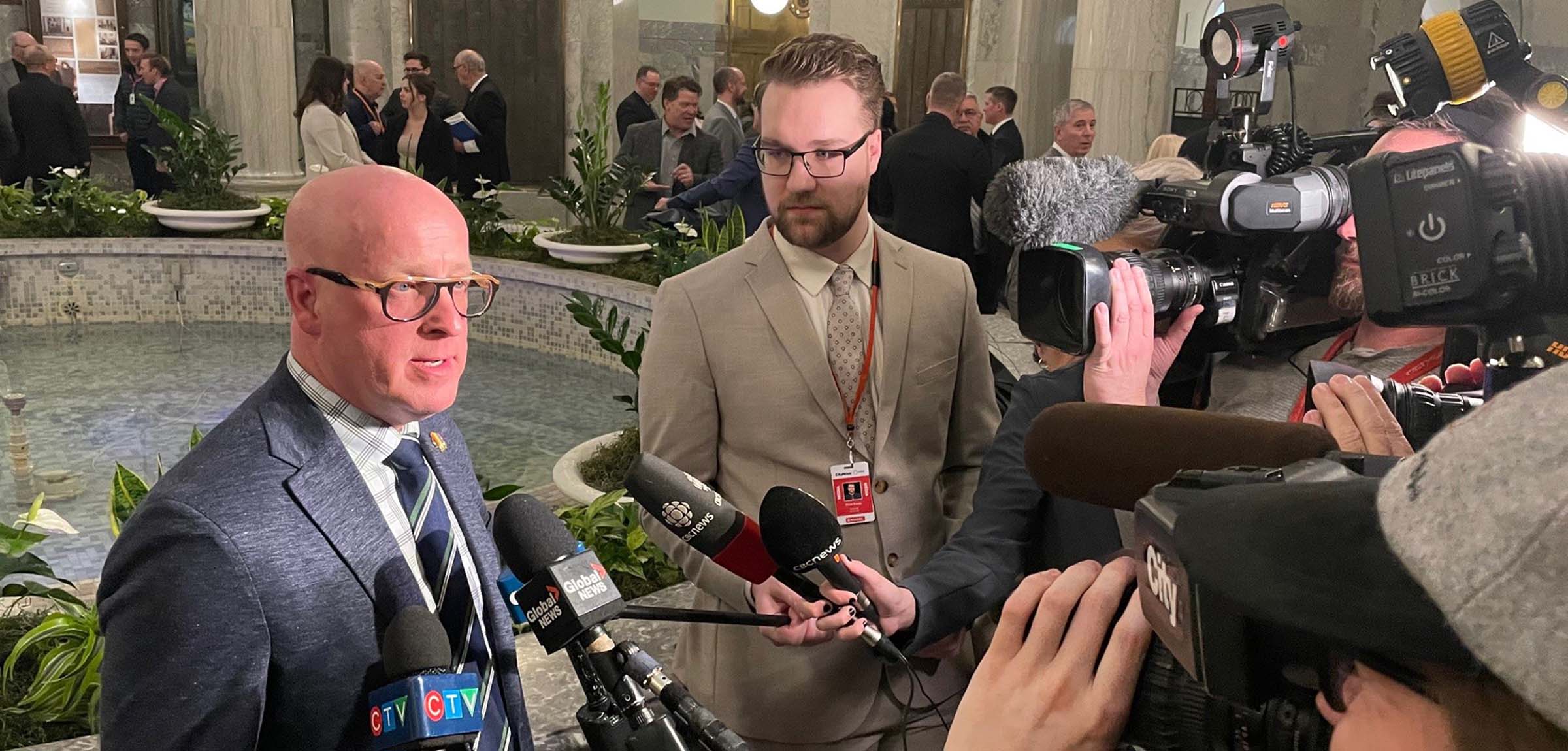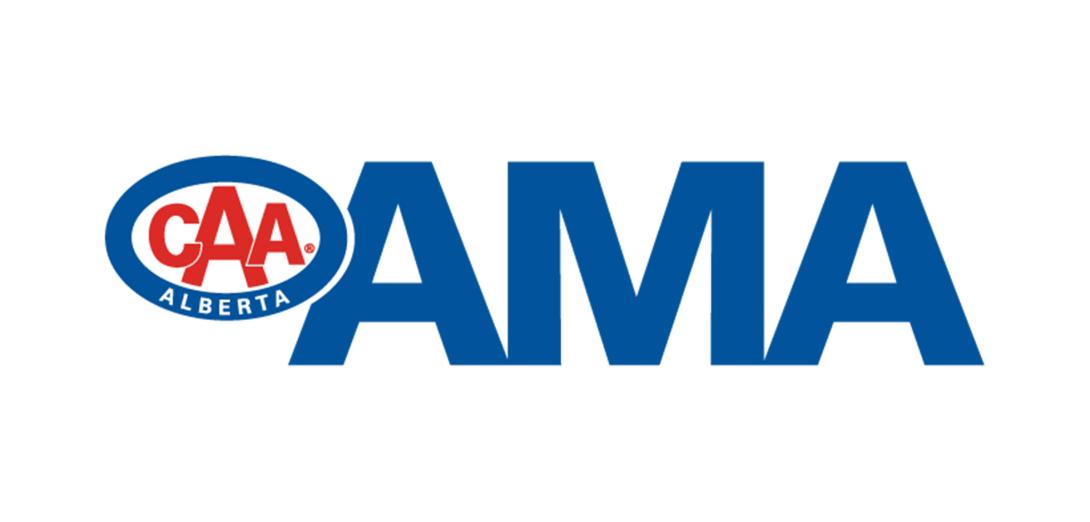Alberta’s schools will enrol an additional 57,000 students between this year and next, but ATA president Jason Schilling says the budget does not go far enough to support them.
On Feb. 29, the Alberta government tabled its 2024 provincial budget, which projects a $400 million overall surplus on $71 billion in spending. Government revenues are down $2 billion from the 2023–24 fiscal year as global oil prices are set to soften into the year ahead.
The education budget touts a 4.4 per cent increase in operational spending driven mainly by 3.6 per cent increases to enrolment in each of the 2023/24 and 2024/25 school years.
“The Alberta Advantage is back and booming, and people from across Canada and around the world are once again flocking to our incredible province,” said Education Minister Demetrios Nicolaides. “This of course puts added pressures on our schools, and our government is ready to help.”
The minister said the government is providing $842 million in new funding to help school boards hire more than 3,000 teachers and educational staff over the next three years.
The Budget 2024 three-year projections are a downgrade from the Budget 2023 projections. Budget 2023 promised $1.4 billion over the next two school years, but Budget 2024 now pledges $842 million spread out over the next three school years.
“Last year we saw what a pre-election budget looks like; today we see what a post-election budget looks like,” Schilling said in a news release on budget day.
Schilling had set out a three-part test in advance of the budget. He wanted to see the budget fund enrolment growth, inflation and to add additional funding to repair the damage from years of underfunding. He said the budget fell short on the first two factors and did nothing on the third.
“Alberta has the lowest funded public education system in Canada and this budget guarantees it will stay that way,” Schilling said. “As a result of underfunding, parents should expect program cuts, resource cuts, insufficient supports and even larger class sizes next year.”
Dire data
Prior to the budget’s tabling, the ATA released new data from Statistics Canada that showed Alberta’s per pupil funding on public education was the lowest in Canada. In 2020/21, while the provincial average for spending was $13,332 per student, Alberta spent only $11,601 per student. The data shows that school boards would need at least a 13 per cent boost in funding to bring education spending to the national average.
After budget day, Schilling provided media with further analysis.

Budget documents project increases of 800 teaching positions and 875 support staff positions in the next school year, which amount to a two per cent and three per cent increase, respectively. Schilling says these numbers fall short of the 3.6 per cent increase in student population growth.
“What’s the impact of not staffing to keep up with student enrolment growth?” asked Schilling. “Schools will once again have to crowd classes further and eliminate programs and services for students in order to redeploy staff elsewhere. What does that do for the amount of program choice made available for students who choose to attend public school?”
Schilling said this is far from the only time in the past 15 years that staffing levels have not kept up with enrolment growth. From 2010 through 2025, the student population will have increased by 33 per cent. Over the same time period, the teaching population has only increased by 15 per cent. This difference has left schools short the equivalent of at least 6,000 teachers over the 15 year period.
“Put another way, this is like a 1,000-student high school having 63 teachers in 2009 and dropping to 54 teachers in 2024,” said Schilling. “Imagine what would happen if suddenly a school had to cut nine teacher positions.”
Schilling says the principal in that school would need to drastically reduce program offerings, combine classes and eliminate a large number of supports and services for students.
“That is what has happened in our schools — not overnight, but gradually and consistently over 15 years.” ❚



